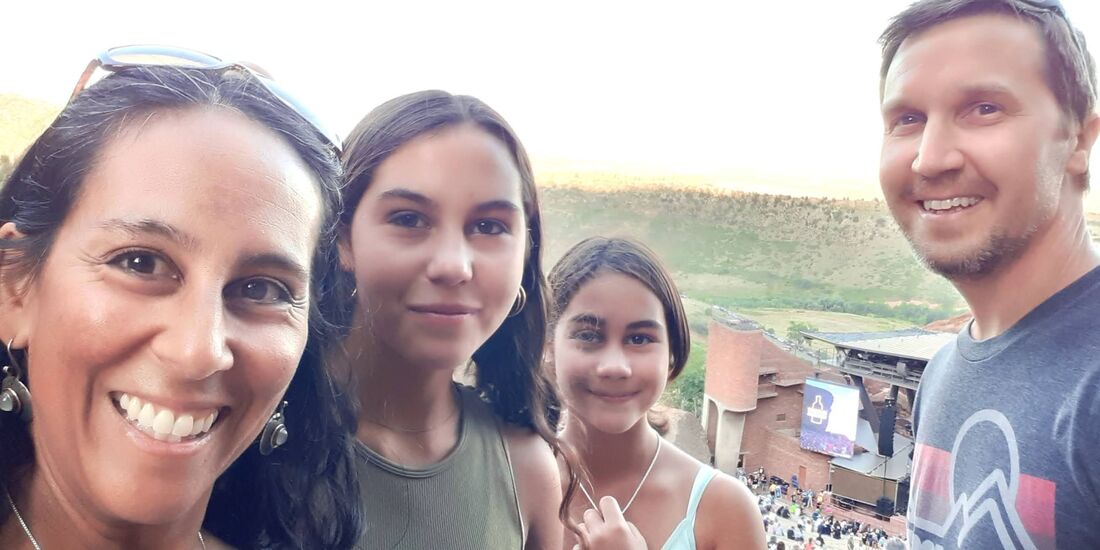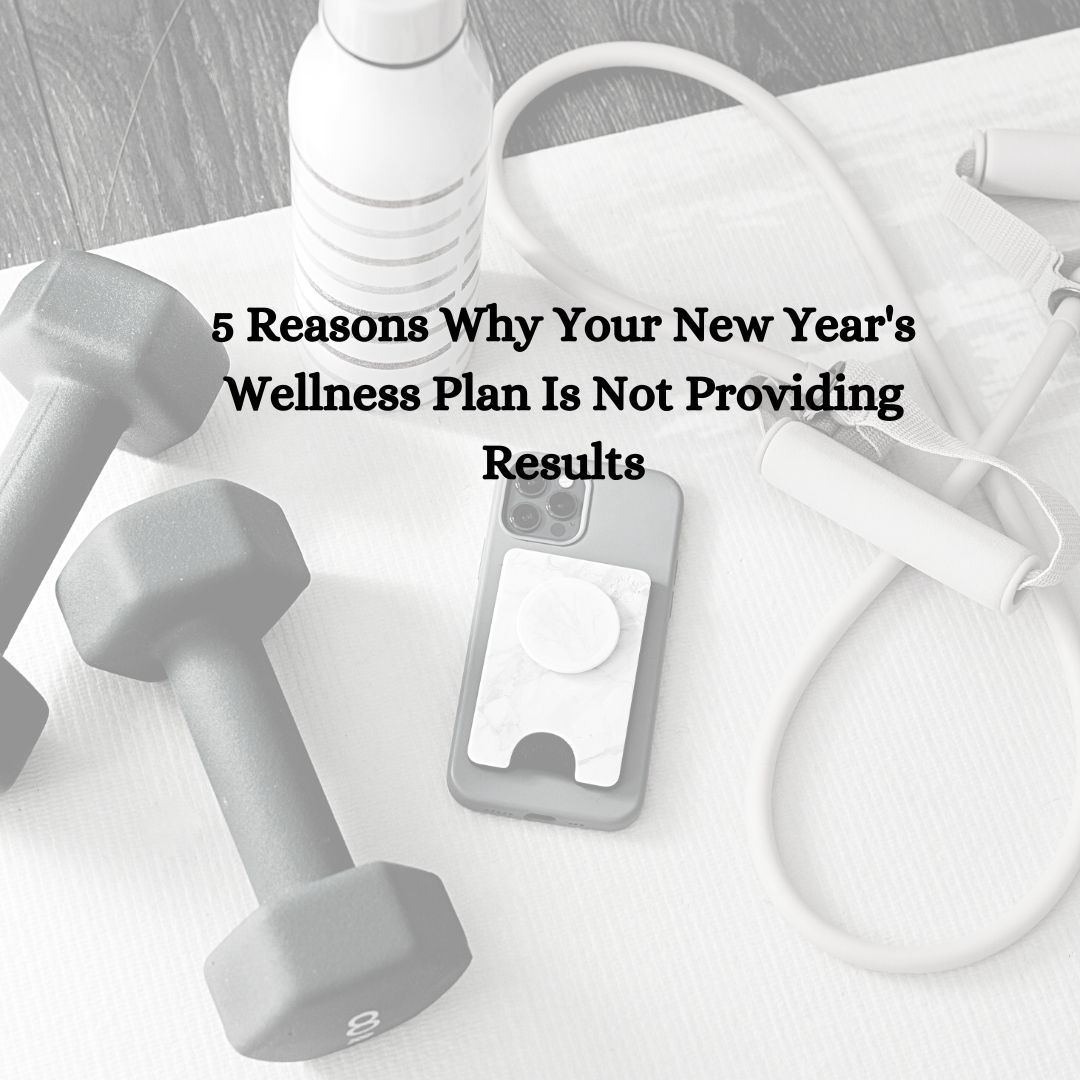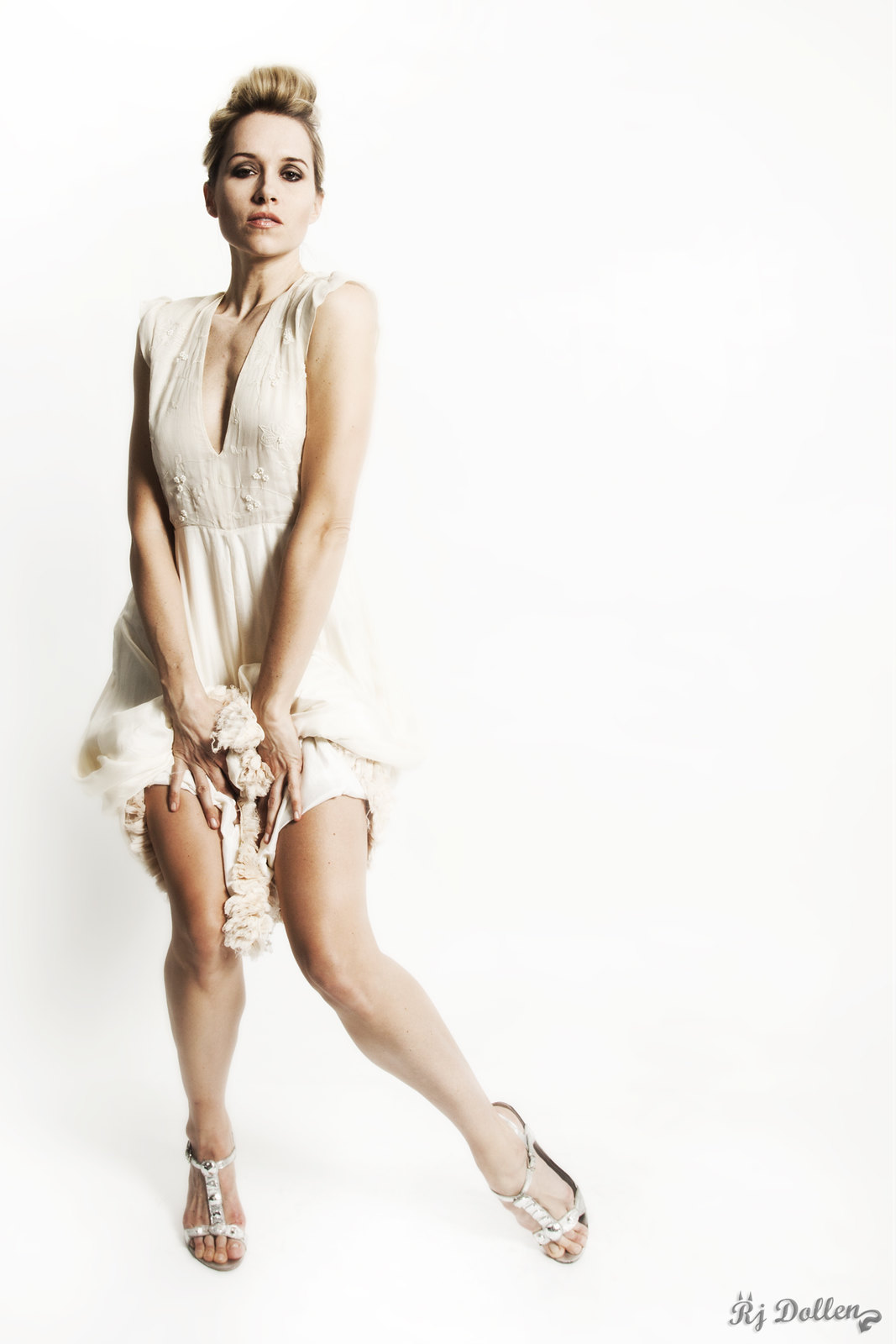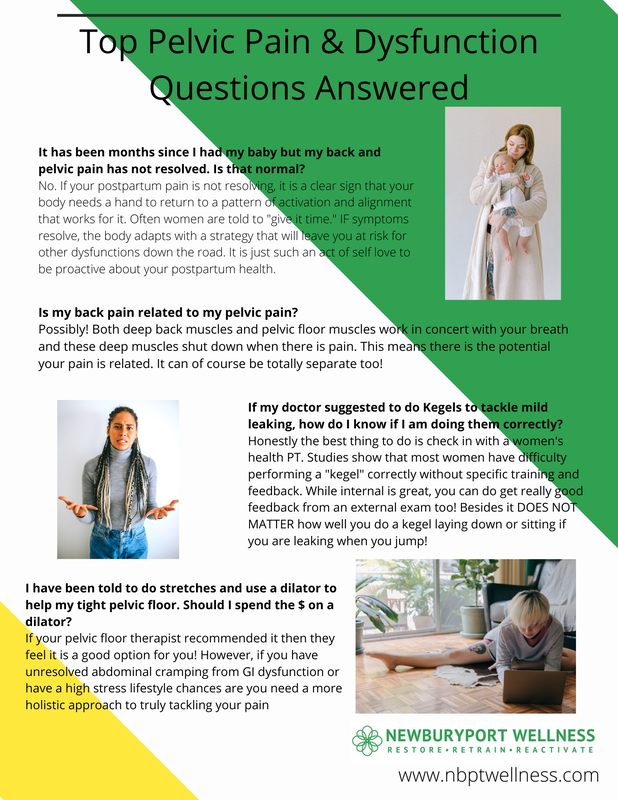|
My husband jokes that I was born to be a type 1 diabetic kid's mom. The first time he said it I recognized the irony because as a physical therapist, my second passion is food and nutrition. And, as an adopted Hispanic kid I was always worried I was going to get diabetes until my pcp told me to go out and "have a hamburger and stop worrying so much."
Fast forward 15+ years and I have an 8 year old and a 10 year old and we are in the early days of Covid. My youngest, Ayla, started to complain of stomach aches and her normal picky eating got worse. Normally a healthy, cook from scratch kind of cook, I was cutting corners here and there because I was just too overwhelmed with Covid life. Transitioning my PT business to virtual, home schooling and covering in a nursing home was all I could handle. Ayla started to complain more and more. My husband would encourage her to go out and play but she would just lay with a blanket over her head on the floor in child’s pose for hours at a time. We had already been to the doctors for years regarding her digestion and belly pain for years. They always told me she was fine. I literally assumed her increased pain was an embodied version of Covid depression. As the months progressed she started eating more but losing weight. My mom would tell me she was losing weight but I couldn’t see it. She had always been tiny. In June when my homeschooling stint was over I decided to start a family hydration contest to encourage my oldest to drink more water and to get everyone back on track health-wise. Ayla kicked everyone’s butts. When the 3 week contest ended I kept telling her the game was over but she kept guzzling water. One night, I said to my husband, “I think Ayla has diabetes.” He laughed at me noting that my less diligent cooking and meal prep was still light years ahead of most families. He told me to stop worrying so much. I counted down the days to her physical. Early in July she had her greatly anticipated physical and we saw a nurse practitioner we had never met (Thanks Covid). I told her about Ayla’s symptoms and pointed out her abdominal distention. She told me I had nothing to worry about. “Ayla just had great abs.” I protested and gave all of the medical reasons why I was concerned. I left disheartened and so was Ayla. I apologized to her that I couldn’t find answers for her pain. We headed to a vacation and she couldn’t hike or do anything without peeing or crying. I told my husband I thought she had diabetes and he laughed at me sighting my obsessive health and wellness family regime. We got home and the next morning she fell getting out of bed. She said "mom something is really wrong." We headed to sick call immediately and met with a new doctor who sent her for blood work. As Ayla was hysterically screaming about the blood work I offered a donut in exchange for no dramatics during her blood work. It was 5 pm and we were sitting by the pool and the doctor called. “You need to get ayla to the hospital. She has diabetes. I was dumbfounded. … her blood glucose was over 600 and her A1c is 16. I of course blamed the donut and he quickly assured me that the donut was not to blame. We headed to the hospital where they were waiting for us. The first thing they said was that she could eat whatever she wanted she just needed to take a little medicine first. I was infuriated at how simple they were making this sound. I knew our lives would never be the same. And 1 day later we were leaving the hospital with all of the supplies you get with diabetes and me the needle phobic human was leaving as the primary nurse, injecting my doughter multiple times per day with nothing less than full body exhaustion, sadness, and a billion questions about whet I could have done and should have done to prevent this or get her diagnosed sooner. I was beside myself knowing that in a blink of an eye the carefree childhood I had envisioned for her had slipped away. Little did I know , that diabetes would be such a family affair. I didn't know that my walk through perimenopause was going to be challenged every step of the way with this new life with diabetes. Nor did I foresee how the stress and lack of sleep that I would soon encounter would challenge my own blood sugar balance. And through it all Ayla rises to every challenge and amazes us all. If you're new to becoming a T1 D mom, you are not alone. Reach out anytime!
1 Comment
We have all done it! A plan for a new you and new routine in a new year… And then life happens! Life can get busy for us all and the new year is a perfect time to connect with new intentions for you and your self care routine. Why do people lose their commitment to NY resolutions 1. Unrealistic expectations of progress- many of us come with years of aches/pains and even weight loss goals. We want immediate results. But, when dysfunction takes years to develop it doesn’t often resolve in a week or two or even a month. The older we get the slower the change. 2. Lack of a specific plan for progress- Many people choose a type of exercise- like pilates, yoga or HIIT. The truth is that your body needs diversity and a progression within that plan to create change. 3. Choosing a starting point that does not meet your physical needs- many of my clients have tried yoga or pilates to tackle aches and pains but what their body really needs is a chance to develop a stable baseline before taking on an exercise routine. 4. Lack of feedback- 95% of even my fittest clients come in and learn about how to make their workouts more efficient. Yes, even trainers and instructors learn! Getting deep feedback about how to use your body to best achieve your goals is a lifetime skill my clients take with them forever. 5. Lack of challenge- Women in over the age of 35 should start building up their system to prepare for the changes in your body that happen during perimenopause and menopause. Lifting the same 5# weights over and over just isn’t enough. But, pushing to exhaustion isn’t helpful either. **BONUS REASON- you have underlying nervous system or metabolic issues that are holding your body in paralysis. IE- hormone disregulation, blood sugar disregulation, stress response overload that keeps your body in a state of fight or flight. Working with someone who can provide expertise and accountability can change everything when it comes to the success of your 2023 Wellness Plan! I help all of my clients to reach their goals more efficiently and completely without the worry of what step comes next or how to navigate their next best plan of action. I specialize in helping women who have old injuries they need to work around, aches and pains that have limited their progress in the past and women who feel like they are missing that last step to feeling their best. Sound like you? Send me an email and we can set up a time to chat! Don't let more time pass before you make some changes that last! We often think of our body systems as working independent of each other. We then think of our symptoms as unique and independent of each other. Nothing could be further from the truth even though this is exactly how our medical system is designed.
Chronic back and pelvic pain are prime examples of how pain can be interconnected with the health of your gut. The gut is a buzzword lately and everyone is talking about gut health. But what does that mean exactly? There are many factors that impact gut health and each of these factors can influence chronic back and pelvic pain. Musculoskeletal Imbalance Most of us think that pain that feels like it is in muscles and joints must be coming from a muscle or joint problem. While this IS true much of the time, the cycle of chronic pain is complex. We can get side tracked treating the symptoms of chronic pain instead of the cause. Think of how often you foam roll or stretch to solve a symptom but it never goes away. This is because the tight muscle is a symptom not necessarily the cause. Digging deeper into why there is a muscle imbalance of alignment issue is the key to solving the musculoskeletal component of chronic pain. Constipation/IBS” Dysfunction of bowels is a key indicator of inflammation and irritation in the abdominal cavity and inflammation in the gut can feed inflammation in the system. If someone is constipated (works hard to have bowel movements, bm’s are like rabbit poop or you feel like you can never fully empty, you only poop after coffee) or has chronic diarreha, there is a chance that extra toxins are leaking into the system feeding inflammation and increasing pain. The toxin overload signals an inflammatory response to start in the system and this inflammatory response can lead to increased pain. In addition, with chronic constipation there is always increased pressure in the abdomen and this can directly amplify pain. Scar Tissue Scars heal on the outside in 6-8 weeks but scar tissue can continue to grow internally for a lifetime!!! This means that after surgeries like an appendectomy, c section, gall bladder removal and more, there can be a network of scar formation inside the body that is continually expanding. This can create an imbalance of mobility in tissue and create back or pelvic pain. Stress We can’t live without stress and sometimes stress can be good for us. But, living under chronic stress leads to overactivation of the fight or flight response and this is NOT good. Unfortunately, in today’s world, manu of us don’t even recognize that we are under stress. Stress signals to the body that we need extra energy to run or escape resulting in extra glucose release into the system and elevation of stress hormones each leading to inflammation. This inflammation can disrupt gut health and thus create more inflammation that drives pain. Does this resonate with you? Let's chat! Many of my clients fear prolapse or think that they are destined for surgery if they are diagnosed with prolapse, but the truth is that there is a LOT of variance in how prolapse can impact a woman’s quality of life. Many women have a small amount of prolapse and have no symptoms. As the prolapse progresses, women often have many life changing symptoms. There are a few things to know about prolapse including: 1. What does prolapse actually refer to 2. What are the symptoms of prolapse 3. What can contribute to prolapse and 4. How can you minimize the risk of developing organ prolapse. This blog will discuss what is organ prolapse and some myths about prolapse. Next week you will learn how to do a self check, prevent prolapse and what to do if you have organ prolapse!
What is organ prolapse? Organ prolapse refers to the descent the anterior or posterior vaginal wall, cervix or the apex of the vagina (only after hysterectomy). This impacts the either your bladder or urethra if the anterior wall is impacted and the rectum/colon if the posterior wall is impacted. This can happen in one area or multiple areas and can impact bladder and bowel function. There are stages to organ prolapse where 0 refers to no prolapse and 4 refers to when the organ shifts or is evident on the outside of the vaginal opening. Stages 0-3 are can be treated successfully with PT and supportive devices as needed. What are the symptoms of organ prolapse? Symptoms of prolapse include pelvic heaviness that worsens as the day progresses, leaking of urine or difficulty emptying bladder, difficulty emptying bowels, vaginal bulging or heaviness or low back pain that worsens at the end of the day. Often there are no symptoms of prolapse until the severity increases. Many women feel the need to splint or hold their perineum during bowel movements. What causes prolapse? There is not one cause of organ prolapse. Often women have several of the following in their history: Pregnancy, delivery (especially with vacuum or forcep use or extensive time pushing), scar tissue from perineal scars or c section scars that cause imbalance in the pelvic floor, chronic constipation, improper pressure management when lifting, straining or exercising. Many women who have connective tissue disorders like Ehler’s Danlos Syndrome may be more susceptible to prolapse. A recent study compared 1379 women who either participated in Cross Fit or were runners and reported that the runners reported a higher incidence of pelvic organ prolapse and anal incontinence. Myths There are several myths that circulate with regards to prolapse. Many women and practitioners think that doing kegels is the # 1 thing to do to reduce your prolapse. Nothing could be further from the truth. Yes, we want a strong pelvic floor but strong means able to lengthen and shorten. If you only think about contracting you may not be actually strengthening the full range of the pelvic floor and this will set you back. Just like your bicep works when lengthened and shortened, your pelvic floor needs to do the same. Additionally, lots of videos float around with women doing exercises with their butts elevated to”put back” the prolapsed organ. However, doing that set of exercises even daily will not combat the other 12-15 hours you are sitting, standing or moving that may be leading to over pressure of your pelvic floor. Learning about how you use your body to support or detract from your pelvic floor is key! Can those exercises be part of your plan, yes, but they should not and cannot be the only approach. Up Next... Next week we will talk about what you can do to reduce the risk of prolapse. If you've got immediate questions, reach out!  Fatigue in pregnancy is most common in the first and third trimester. Though contrary to popular belief, fatigue is not par for the course in pregnancy. Fortunately, there are some very effective strategies, foods and tools that pregnant women can use to boost their energy and vibrancy in pregnancy. Interested in knowing what three women’s health specialists (a nutritionist, acupuncturist & physical therapist) help women to tackle fatigue during pregnancy? Then read on! After you’re done, you can get more amazing holistic health support from these specialists by joining their private FB group.  The three main things I do for pregnant women who are feeling exhausted are:
Fatigue can be a debilitating factor in pregnancy for many women. I know how hard it can be and that’s why I tackle fatigue from a variety of angles when working with pregnant women. Three of the most common factors, that I assess and support include:
 Darcie Pervier, MSPT, PES Women’s Health Physical Therapist and Pelvic Pain Coach Once fatigue sets in, it can start a never-ending cycle. That’s why it is so important to be proactive in your self care regime and have a few go to action steps for when fatigue sets in. I have yet to meet a pregnant woman who hasn’t experienced fatigue. Developing a few habits during pregnancy is a critical first step to thriving during pregnancy and preparing for the fourth trimester.
For more guidance on pregnancy and using holistic tools and strategies to create a vibrant pregnancy that extends into motherhood. Join the private FB group run by Zoe, Darcie and Danielle.
Turn inward and listen quietly to what your body needs for nourishment of mind and body.
It is so common to follow the steps we have been told to do. We follow trends for workouts, fad diets, fashion, and oh so much more. Do you ever stop to think of what you would do if you had zero influence from social media or the outside world. What life would you create to build ultimate health and joy? Let's start simple... Do you go to high impact classes even though you pee when you do them or your back is sore for 4 days afterwards? Why? What is your body really asking for to create health and strength? What if you could harness all of the potential of your body while supporting the areas that are weakened or offline. Your body works as a whole, so when you have even the tiniest of symptoms you should know it is a sign that there is a compensatory strategy in the works that may or may not be working for you. Do you cut yourself down and beat yourself up because you aren't living up to the expectations you have set as goals? Are those really your goals or one's you have adopted from our society? For example, I have back pain because I sit too much and don't exercise. It is common to convince ourselves we are undeserving of wellness because we can't do it all. Create a plan to nourish yourself, even if it is just small daily steps. It is easy to make fitness and wellness a checkbox item. When we do that it becomes a to do not a full desire and conscious decision to be in the moment of self nurturing. If you eat leftovers from your kids plates as dinner, or squeeze in workouts amongst the chaos of kids and work, try setting aside one day to slowly enjoy your meal or workout with mindfulness and intention. 3. BE REAL... Is doing what you are doing REALLY getting you closer to where you want to be? Is it really going to bring you full happiness to look a certain way or achieve a certain promotion? This goes back to #1 but think more globally. What is your true goal? Is it to achieve and acquire more or have more moments of joy, complete happiness and a sense of fullness within your life? Do you really think life will be perfect if you look perfect but pee your pants? Ha! NO! It's easy to get into the grind of working for more and giving selflessly to every community event, but make sure you are making time to feed your own soul. 4. Where do you ultimately want to be? Who do you need by your side to get there? Build your web of support. You have a universe of support hoping and helping you to become your most authentic self. It wants you to find success. Who do you need for support, education, encouragement and mentorship? Here at Newburyport Wellness I am driven to educate and empower you as part of your web of support. 5. Tackle small goals daily and have ultimate compassion for yourself when life may not cooperate with your progression. Tomorrow is a new day and what seems like a lack of progress is truly a hidden lesson. To be honest, this is the most difficult thing to do. when my first daughter was born, I repeated, "the plan is not to have a plan" over and over and over. I have a moving plan now with sticky notes on a clipboard so I can visually see the small successes that contribute to the larger goal. There is no point in wasting time feeling badly about what didn't get done. A well thought out small step is far better than fast steps taken without thought and consideration or endless contemplation with no forward momentum. Perfect Posture Is Like The Perfect Breeze.... Ever Changing And Yet So Powerful Yet another patient this week asked me if they are supposed to squeeze their shoulder blades and stand up straighter to have better posture. It happens weekly that a client perceives good posture as ONE good position to hold throughout the day. Nothing could be further from the truth. Good posture is ever changing.
Think of GOOD POSTURE like a state of being not a one size fits all position. Infact, maybe we just need to obliterate the term “good posture” from our mindset. The singularity in the idea of “good posture” is toxic and defeating. “Good posture” is really the body’s ability to create a stable platform for movement throughout all of your movements in a day. Maybe we should consider good posture an “activated state of being.” Think of moving easily and freely and more importantly with strength and stability. That is good posture. Good posture is essentially the ability to move easily off of a stable platform. The key to good posture is engaging your best breath in each position so that your deep core muscles and pelvic floor can work unitedly to support your system.. Yes, slouching is not the best- it puts a ton of pressure on your low back and pelvic floor and can translate shifts all the way to your head causing upper back pain and headaches. But, that being said, neither is sitting up so straight that your chest is pointing to the sun and your ribs angle out in front of your pelvis. In this position you can’t actually connect your diaphragm with your pelvic floor to create a connected breath that unites the back, abdominals and pelvic floor with the diaphragm to create stability. Good posture is a bit different for us all and it really can be summed up as the place where you can connect your breath from your diaphragm to your pelvic floor. It is where your body can work at its best and most efficiently for whatever task you take on. Signs of Subtle Postural Dysfunction or Postural Weakness
Postural control begins when we are babies learning to sit. When babies develop they must develop the ability to hold a body part steady against gravity before they can use their body to create mobility for activities like crawling. As adults it is obviously unlikely that you will lose full mobility when you begin to lose stability. But what does happen is that you find new strategies to get the job done that either create immediate pain/dysfunction or set you up for failure down the road. This is not to say that some compensations are not necessary and beneficial. But, ass adults it is easy to begin to over utilize the mover muscles we are most conscious of and underutilize postural muscles we were designed to rely on. So, instead of worrying if your shoulders are back, think about how much your breath translates deep into your body in any given position. Not sure how your posture is impacting your back pain or pelvic pain? Call for your complimentary Discovery call today! So mamas, we should be able to do it all, right?
We should be able to heal post baby without help physically and mentally. We are expected to. We are told we will be back to normal in 6 weeks. A small subset of women feel this way and then there are the rest, who feel like a failure on the inside but hold it together on the outside, waiting to feel like themselves. Some return to feeling good and compensate well and others struggle with feeling like they live in a body that is not theirs. Some may have occasional back pain or infrequent leaking- nothing that will slow them down. There are others who enter motherhood feeling like their body has betrayed them. Either way, our issues are marginalized and often women feel the need to push through no matter what. All well and good until, pain and dysfunction sets in again or ramps up. This is no time to admit you are unravelling. Now self blame enters and we blame ourselves for not getting help sooner. So, we take ibuprofen, wear pads since we leak playing with our kids and eventually politely decline social activities that will aggravate our symptoms. Adding to this conundrum is our traditional medical model of treating disease not treating for prevention. Most of my clients come feeling unheard by medical professionals and feeling lost because their problem isn’t “big enough” to insight medical action. Many just wait and sit tight because there are few places to turn. Our intuitive body awareness is negated because we do not fit full diagnostic criteria of a particular dysfunction. We wait until the pain is bad enough, wait until a loss of function and joy is big enough that we begin to look for change. So here’s how the American Model has failed us. We are taught that being Type A is the only successful characteristic to tout. Throwing yourself under the bus for everyone else is mandatory to prove your worthiness. Asking for help is admitting failure. It is ok to live with dysfunction if it isn’t terrible and if there is no obvious diagnosis you must be a hypochondriac. Prevention is for the few not for us all. Think I am exaggerating? How many of you have said, well, pain with sex isn’t that bad… I will just try to avoid it when I can.
A 2012 study (and you can find more like this) showed that women utilize preventative care more than men. This should mean a lower incidence of healthcare needs but that is not what the data shows. Instead, women are seeking out medical care more than men. The study wrote, “Perhaps, worse self perception of health and health related quality of life, self preference, worse state of health and the different overall approach to illness might have led women to a different process for seeking healthcare…” Maybe we are not getting the care that we need. Maybe we are not allowed to voice our intuitive sense of what our body needs. Maybe we aren't given full permission to ask for help without criticism. Maybe we all need “to take a different overall approach to illness!”
I hope that someday, I have few women to treat who have spent years “dealing” with dysfunction or trying to unravel their symptoms on Google. I hope that all women feel safe and supported getting support early so that they don’t need to walk the path so many of us have. Want to be heard? Call today for your free Discovery Call! |













 RSS Feed
RSS Feed
